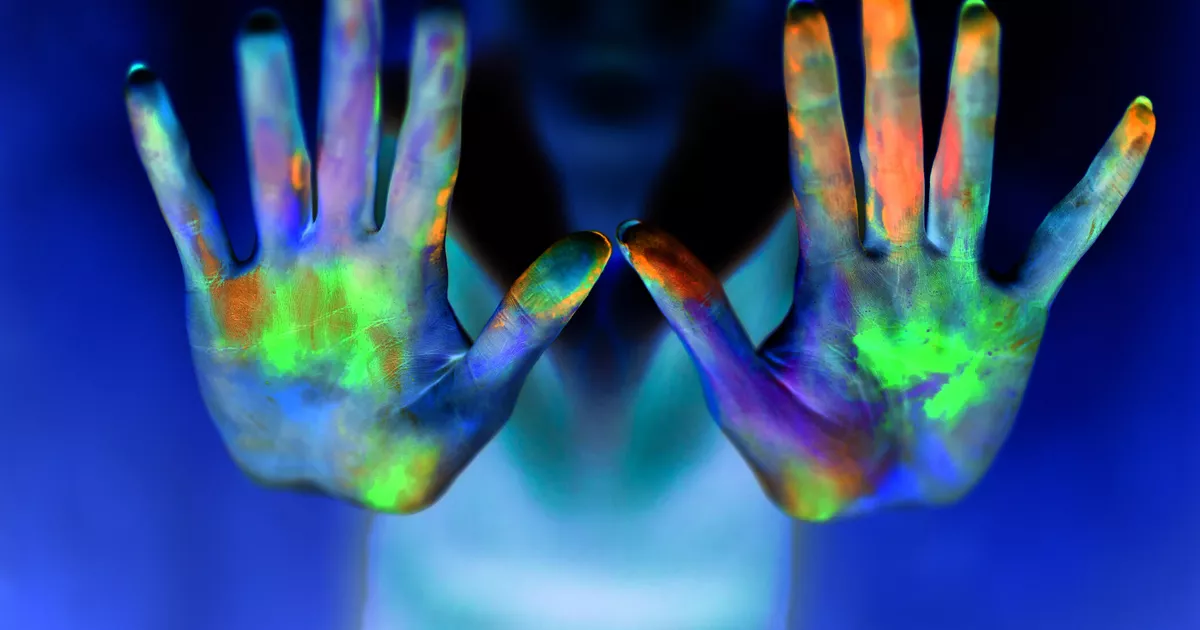
The UV series of the electromagnetic radiation range goes from 10-400 nm. Depending on the wavelength as well as the time of direct exposure, UV radiation might cause harm to the eyes as well as skin.
The UV spectrum is divided into 4 parts:
- UVA, 315-400 nm
- UVB, 280-315 nm
- UVC, 200-280 nm
- UV Vacuum, 100-200 nm
Reducing wavelengths refer to greater frequency radiation as well as a higher amount of power per photon.
Biological Impact of UV Ray
While UVB radiation is commonly acknowledged for its hazardous results on human skin as well as links with skin cancer, every of the UV rays, UVA, UVB, as well as UVC, produce different threats for human beings.
UVC radiation describes wavelengths shorter around 280 nm. The wavelengths get entirely absorbed via our ambiance as well as no all-natural UVC radiation gets to the planet’s surface area. These wavelengths are available with artificial resources, such as UVC LEDs.
The strength from factor resources like UVC LEDs diminishes as 1 over the range is made even, and when it gets past the scattering length, it diminishes exponentially. This means that:
1) The additional away from the UVC resource from a human, the lower dosage he is revealed to
2) the absorption size of UVC radiation in human skin is incredibly brief so that virtually no UVC radiation can get to the living cells in the skin; all the absorption happens in the dead cell layers.
Find out about how a UVC LED jobs
In rare instances of extended direct exposure to UVC Rays [รังสี uvc, which is the term in Thai], momentary eye, as well as skin damages have been exhibited like cornea injury, occasionally described as “welder’s eye,” although this typically heals after a couple of days. Consequently, safety and security recommendations with UVC rays consisting of protecting skin, particularly open injuries, and most significantly, the eyes to UVC radiation.






